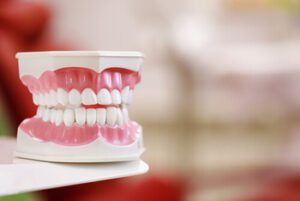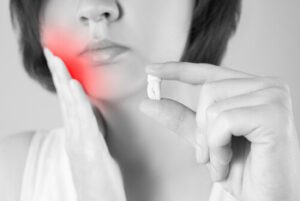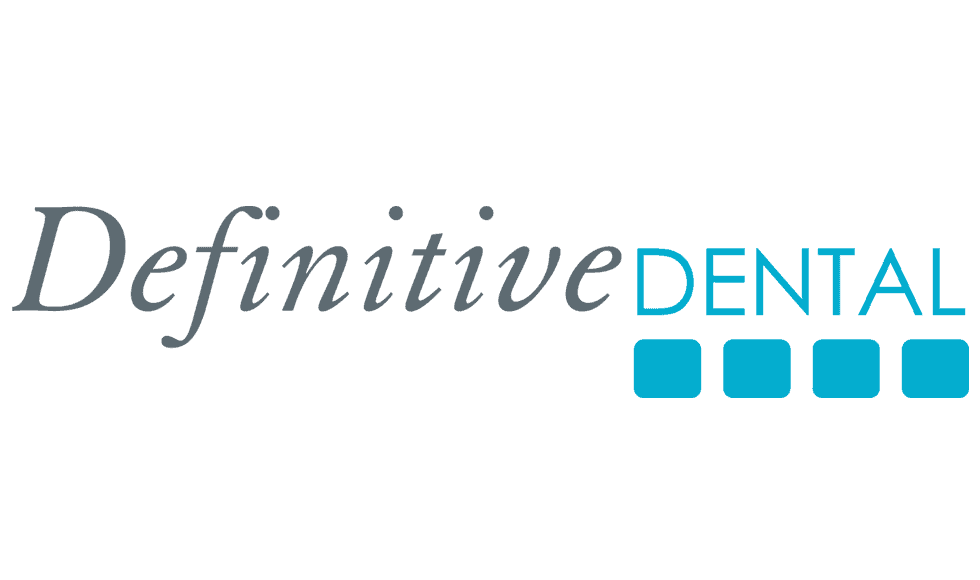If you’re experiencing front tooth pain under nose area, you’re not alone. This uncomfortable sensation, often a sinus toothache, can feel alarming. It may not always be a dental problem. Frequently, it’s tied to a sinus infection or other sinus condition. In this guide, we cover everything from nasal cavity anatomy to dental causes, home remedies, and when to see a dentist.
Anatomy 101: Sinuses, Teeth, and Pain Signals
Your maxillary sinuses are air-filled chambers just behind your cheeks and above the upper molars and front teeth. When inflamed, whether from an infection, allergies, or a common cold, they press on the surrounding tissues, often causing referred tooth pain in the upper jaw or top teeth. This discomfort may even feel like it’s under the nose.
Why Tooth Pain and Sinus Infections Are Closely Linked
When sinusitis occurs, whether acute sinusitis or chronic sinusitis, inflammation and sinus pressure build in the sinus cavities. Pressured thin mucus accumulates, and sinus blockage increases, compressing the nerves shared with your dental area. This often leads to a sharp, stabbing pain that seems like a toothache but isn’t. A bacterial infection in the sinus cavity can amplify this severe pain, making it hard to tell if it’s a dental issue or a sinus condition.
Dental or Sinus? How to Tell What’s Causing the Pain
When you experience front tooth pain under the nose, the challenge is figuring out what’s really behind it. Is it your teeth, your sinuses, or both? Here are some practical signs to help you distinguish between a dental cause and a sinus condition.
Signs It’s More Likely a Sinus Issue
A sinus infection can mimic dental discomfort, especially in the upper teeth or top teeth. Look for:
- Pain worsens when bending over or lying down: This often points to sinus inflammation or pressure in the maxillary sinuses.
- Relief when pressing on the cheeks or above the teeth: Suggests built-up sinus pressure in the sinus cavities or the nasal cavity.
- Multiple teeth feel sore, especially with watery eyes, blocked nasal passages, or ear pressure: Likely a sign of sinus infections, chronic sinusitis, or acute sinusitis.
- Additional symptoms like thin mucus, nasal congestion, or a history of allergies may also accompany the pain.
In these cases, using nasal sprays, saline solution, or a nasal rinse device may help relieve sinus pressure and reduce swelling in the sinus cavity.
Signs It’s More Likely a Dental Issue
Sometimes, the discomfort stems from a tooth problem rather than a sinus condition. Watch for:
- Pain isolated to one tooth, particularly if it’s tender when biting or chewing: May signal an infection in the tooth’s root or gum line.
- Swelling or redness around the gums: Suggests an abscess or another bacterial infection needing dental treatment.
- Persistent sensitivity, even without sinus symptoms: Could indicate a cavity, cracked tooth, or other dental cause.
Here, it’s best to see a dentist for a proper diagnosis and possible treatment, especially if pain relievers or OTC medications don’t offer lasting pain relief.
A Note on Other Causes
Occasionally, teeth grinding or clenching can cause tooth pain, tension headaches, or discomfort in the jaw and lower teeth. If there’s no clear dental or sinus explanation, this medical condition may be worth exploring.
Common Sinus Conditions That Cause Tooth Pain
Not all sinus issues feel the same. Some affect your teeth more.
- Acute sinusitis: Often follows a cold or allergy flare-up and can cause short-term tooth soreness.
- Chronic sinusitis: Long-term inflammation and recurring sinus infections lead to consistent tooth/jaw discomfort.
- Sinus cavity infection: May require antibiotics and dental check-ups.
- Allergic sinus inflammation: Seasonal, often with ear pressure and nasal congestion.
Home Remedies & Over‑the‑Counter (OTC) Relief
You don’t always need to book a dentist. Many times, simple steps help:
- Relieve sinus pressure with warm compresses or a hot shower to loosen mucus
- Use saline solution, a nasal rinse device, or decongestant nasal sprays to clear passages
- Drink plenty of water, and use tap water nasal flushes to help thin mucus build-up.
- Take pain relievers like paracetamol or ibuprofen (OTC medications) to alleviate tooth/jaw discomfort
- Apply a cold compress or cold pack to the cheek. This helps reduce swelling
- Try teeth grinding guards at night if you clench or grind your lower teeth too, which can worsen jaw pain
When a Dentist Should Step In
If your toothache continues or:
- Only one upper front tooth hurts
- There’s swelling or a dental cause, like cavities
- You have a fever or a bacterial infection
- Pain is triggered by biting
- There’s sudden severe pain, pus, or gum redness
Then, a visit to the dentist is warranted. They will check for abscesses, chipped enamel, or dental decay that might be masked by sinus symptoms.
Self-Care Checklist
Use this quick guide to decide your next best step.
- Do you have blocked nasal passages, pressure under your eyes, or watery eyes? → Try sinus remedies first
- Is the pain localised to one tooth, especially when biting? → Book a dental check
- Have you tried hot showers, OTC meds, and nasal flushes with no improvement? → See a dentist
How to Handle Front Tooth Pain in the First 24 Hours
If you’ve just woken up with front tooth pain under your nose, acting quickly (and calmly) can make a major difference in how fast you recover. Whether it’s sinusitis, a hidden dental cause, or simply pressure in the maxillary sinuses, your goal is to relieve sinus pressure, soothe tissues, and reduce the risk of escalation.
Here’s what you can do in the first 24 hours to help uncover the source of pain and get relief:
1. Rinse and Flush
Start your morning with a saline solution or use a nasal rinse device. This clears the nasal cavity and reduces sinus blockage that could be causing pain in the upper jaw or upper teeth. Use boiled (and cooled) tap water or sterile saline packets to avoid contamination. Avoid tap water directly unless properly sterilised.
Pro tip: Rinse both nasal passages while bending over the sink. It may help relieve pressure directly above the top teeth and ease the affected area.
2. Warm Then Cold Compresses
Apply a warm compress first to loosen mucus in the sinus cavity, followed by a cold compress to reduce swelling and soothe irritation in nearby tissue.
- Use a microwaved, damp cloth or sit in a hot shower to encourage drainage
- After 10 minutes, apply a wrapped cold pack of ice to the nose and cheeks to calm the inflammation
This technique helps regulate sinus inflammation and encourages better circulation around the sinuses, teeth, and jaw.
3. Stay Hydrated and Reduce Irritants
Throughout the day, drink plenty of fluids, preferably water, herbal tea, or broth. Hydration keeps tissues lubricated and makes thin mucus easier to drain. Skip alcohol and caffeine, which can dry out nasal passages and worsen symptoms.
Avoid smoking, heavy perfume, or other airborne irritants that can inflame the sinus cavities or nasal cavity even more.
4. Take the Right Pain Relievers
Over-the-counter (OTC) pain relievers like ibuprofen or paracetamol help manage both tooth pain and sinus pressure. If you suspect a sinus toothache from sinus infections, combining a decongestant or nasal spray (short-term only) with pain medication may provide stronger pain relief.
If the pain feels like a deep toothache or you notice swelling along the gumline, the issue might stem from a bacterial infection or a dental cause, and you should contact your dentist.
5. Check Your Symptoms Hour-by-Hour
 A full day of self-care can give you important insight:
A full day of self-care can give you important insight:
- Does the pain shift or improve after using decongestant nasal sprays?
- Do you notice less discomfort after a hot shower or saline rinse?
- Does biting worsen the pain in one tooth only?
These patterns may help you determine if it’s a sinus condition, a tooth problem, or both. And if sinusitis occurs frequently, track your triggers: allergies, the common cold, or even seasonal changes can all contribute to sinus inflammation.
Final Take
Front tooth pain under the nose can be confusing, but understanding simple anatomy and symptoms makes it easier to decide whether it’s a sinus problem, like sinusitis, or a dental issue. Using home remedies, like cold compress or pain relief, and seeking professional help when needed ensures your upper teeth, upper jaw, and nose area get the right care.
Your body’s trying to tell you something, so don’t ignore the signs. If you’re unsure whether your pain is dental or sinus-related, book a consultation with us at Definitive Dental or call (02) 6105 9833. We’ll help you get clarity, comfort, and a clear path forward.
Resources
Cronkleton, E. (2022). ‘Can a Sinus Infection Cause a Toothache?’. Healthline, 4 October. San Francisco, CA: Healthline Media.
https://www.healthline.com/health/dental-and-oral-health/sinus-toothache
Duran, R. & Seed, S. (2024). ‘What Is an Abscessed Tooth?’. WebMD, 16 January. New York, NY: WebMD LLC.
https://www.webmd.com/oral-health/abscessed-tooth
Martin, L. J. (2024). ‘Over-the-counter pain relievers’. MedlinePlus, 27 October. Bethesda, MD: U.S. National Library of Medicine.
https://medlineplus.gov/ency/article/002123.htm

